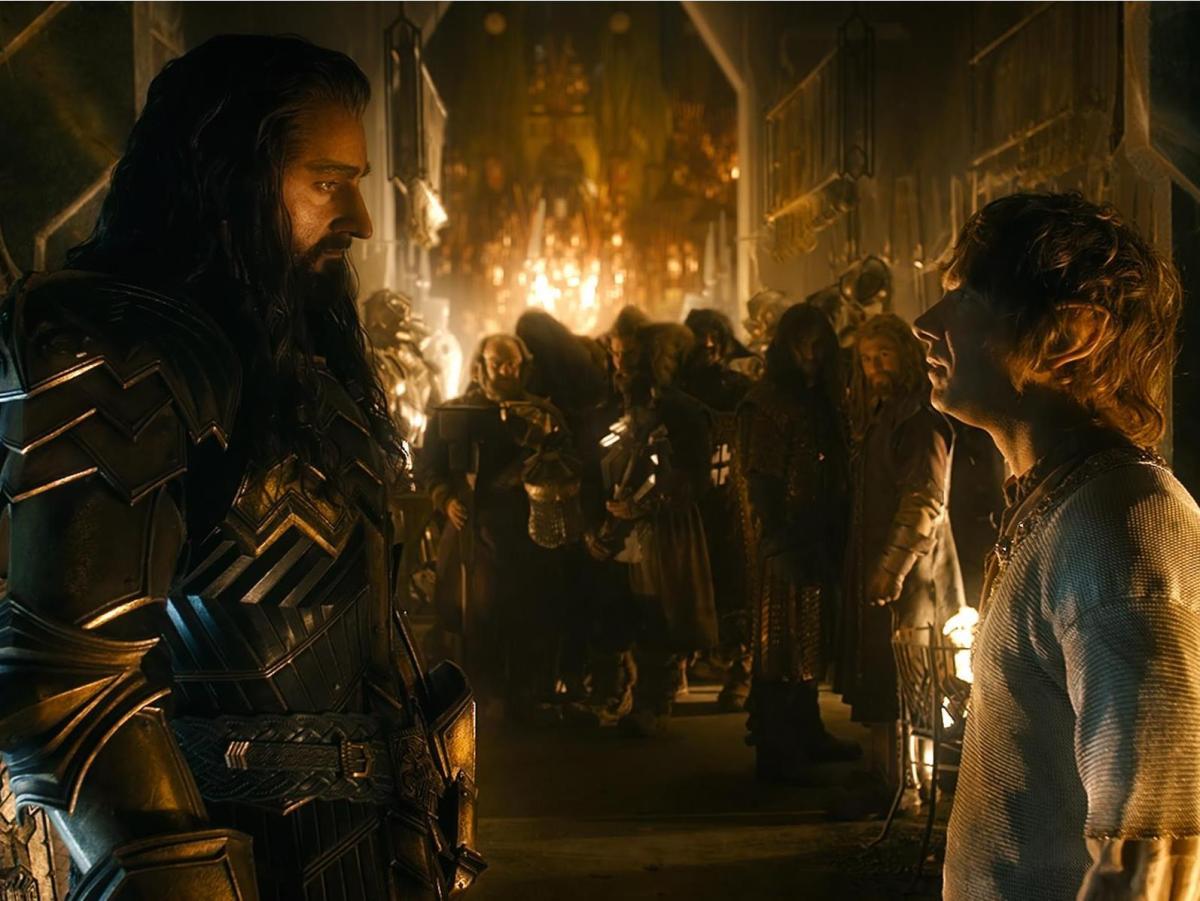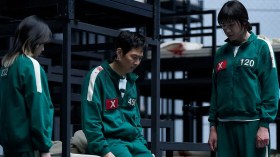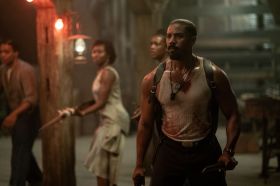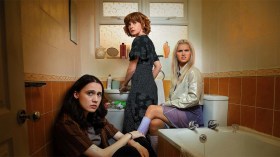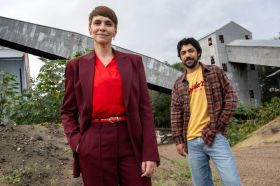If six films wrestled out of four printed volumes, and more recently three features from one slender novel, have taught us anything, it is this: be careful what you wish for. For decades, fans of J.R.R. Tolkien’s writings clamoured for movie adaptations, and what they eventually received exceeded their wildest dreams. In duration, that is, spanning more than 17 hours in total – not in the final page-to-screen products.
With The Hobbit: The Battle of the Five Armies, the franchise seemingly comes to an end, following on from previous The Hobbit efforts An Unexpected Journey and The Desolation of Smaug. In theory, narrative threads are wrapped up, complete character arcs are made clear, and the remaining piece of The Lord of the Rings prequel puzzle falls into place. In reality, these prove only fleeting concerns, with fight scenes, speeches, moments in the spotlight and clumsy references to canonical figures and events of greater interest to returning writer/director Peter Jackson.
Wasting no time in picking up where its predecessor left off and jumping straight into the action, The Battle of the Five Armies opens with Laketown burning under a sky of flying fire, as breathed from the mouth of the dragon Smaug (voiced by Benedict Cumberbatch, The Imitation Game). When their peril is over and their foe slain, a new conflict begins. People, elves, dwarves and orcs follow the lure of the gold within the Lonely Mountain that the scaled, winged beast once called home, all wanting their share of the glory.
The trilogy’s ostensible protagonists – hobbit Bilbo Baggins (Martin Freeman, TV’s Fargo), dwarf king Thorin Oakenshield (Richard Armitage, Into the Storm), and the remainder of their diminutive gang – form the centre of the fray, the former seeking a united front, the latter under the spell of the newly claimed treasure. Other familiar faces, including wizard Gandalf (Ian McKellen, X-Men: Days of Future Past), Laketown hero Bard (Luke Evans, Dracula Untold) and elves Legolas (Orlando Bloom, The Three Musketeers), Tauriel (Evangeline Lilly, Real Steel) and Thranduil (Lee Pace, Guardians of the Galaxy), complicate the combat with their own insights, intentions and issues.
It is inevitable that much of the film’s problems stem from its prolonged construction, with barely enough material left to sustain another outing, as the scant story shows. Where An Unexpected Journey felt like introductory padding, The Battle of the Five Armies does the same in concluding the adventure of going there and back again. To fill the feature’s 144 minutes, Bilbo becomes a supporting player to the many others tussling for power. Some, such as the inclusion of Cate Blanchett’s (The Monuments Men) Galadriel, simply service continuing links to Jackson’s first excursions through Middle Earth. Others, such as the prominence of the cruel and cowardly Alfrid (Ryan Gage, The Musketeers), who dresses up as a woman to avoid combat, seemingly speak of comic intent but remain misjudged and mistimed.
A messy and disjointed affair is the end result, in what has devolved to become six installments of ever-diminishing returns. As Tauriel pines over the dwarf Kili (Aidan Turner, The Mortal Instruments: City of Bones), and Thorin writhes with madness and paranoia over the mountainous fortune, it will break many a heart to see Tolkien’s tale turned into a soap opera. Staring off into the distance with frequency and pausing for dramatic effect are included among the feature’s pantomime-style bag of tricks. Freeman and McKellen are too sparsely seen to inject any character or true gravitas, and only Pace, finding a tone of solemnity amidst the silliness, appears as though he knows which film he is in.
Jackson proves a firmer hand with staging action than trying to convey emotion, favouring special effects-driven spectacle just as he did in the trilogy’s middle and best chapter. What the filmmaker and his co-scribes – frequent collaborators Fran Walsh and Philippa Boyens, and original intended director Guillermo del Toro (Pacific Rim) – lack in cultivating intimate moments and sustaining the tension through conversation, he boasts in a parade of repetitive, detailed and lively fighting, the energy absent elsewhere evident in the choreography and swooping camerawork, if not in the impact. The same cannot be said for the feature’s general look, as enamoured as the visuals continue to be with the New Zealand landscape as a stand-in for the fictional setting. Plagued by the ugliness that emanates from the use of a higher frame rate of 48 per second, as coupled with the 3D projection, the heightened realism of what is undoubtedly an achievement in technical terms once more strips the imagery of its cinematic magic.
So it is that The Battle of the Five Armies brings the current incarnation of Tolkien adaptations to rest with relief rather than satisfaction. Having sadly made its way to celluloid saddled with the memories of the pre-The Hobbit films, instead of being allowed to stand on its own merits, this feature, just as the rest of its trilogy, is too beholden to a broader legacy. The over-extended story and use of characters as a means to an end that comprise this last stab speak to the weight of Jackson’s history with the material as much to the movie’s specific shortcomings. Here’s hoping the The Silmarillion, Tales from the Perilous Realm and anything else that could connect to this fantastical realm are left alone.
Rating: 2 stars out of 5
The Hobbit: The Battle of the Five ArmiesDirector: Peter Jackson
NZ / USA, 2014, 144 mins
Release date: 26 December
Distributor: Roadshow
Rated: M
Actors:
Director:
Format:
Country:
Release:
